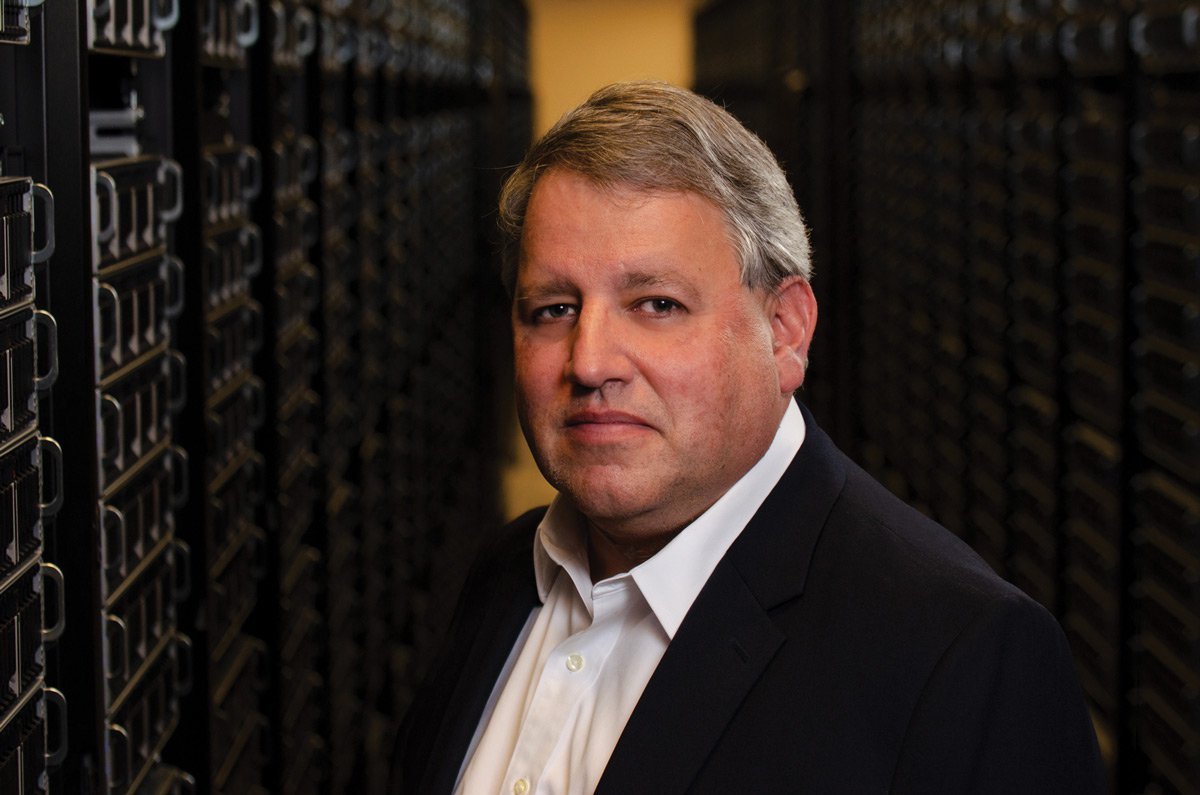People & Programs
Dan Stanzione
Letter from the Director
TACC Executive Director Dan Stanzione reflects on past year and new developments
It's difficult to believe another year has gone by since my last Texascale letter. This past year has felt a bit more "normal" with a return of many in-person activities from a summer filled with the hum of students in the building, conferences resuming in person, and even the occasional meeting that does not involve Zoom.
The pace of computing and the pace of science have not slowed, however, and we continue to be regularly thrilled by the discoveries our systems support.

Among the many highlights of this past year, some of my favorites were the first-ever images of Sagittarius A* — the black hole at the center of our Milky Way galaxy produced by processing data from the Event Horizon Telescope. Closer to Earth, materials scientists at UT Austin used TACC resources in AI and machine learning to design a CRISPR-edited bacteria capable of breaking down common plastics up to 40 percent faster.
In the summer, the world got to see the first stunning images from the James Webb Space Telescope. As UT Austin is home to one of the missions the JWST supports, we've been processing early data, producing images, and enabling discoveries with astronomers around the country since the first public data releases.In the cover story of this issue of Texascale, you will find coverage of the many ways TACC engages in climate science from understanding the basic science of climate to advancing forecasting of extreme events — as well as decision-support systems that help regions mitigate the risks to their communities.
Part of our mission — Powering Discoveries that Change the World — also involves teaching students to apply advanced computing to their work. You will also read about the myriad activities at TACC to help develop the next generation workforce. From hosting high school STEM camps, to machine learning summer institutes, to programs certifying diverse teachers in the computer science field, TACC continues to put the people part of the mission at the center of what we do.
While everything going on is incredibly exciting, we are even more optimistic about what is next. As many of you know, NSF, TACC, and UT Austin are planning the next era of U.S. advanced computing — the Leadership-Class Computing Facility (LCCF). Expected to launch in late 2025, the new facility will host a system that can accomplish 10 times as much science as Frontera and enable the nation’s top computational scientists to reach new heights.
While many details of the LCCF remain in the planning process, we did announce this year we will be working with new partners to construct a custom-built co-location facility to house the LCCF's primary systems, our first off-campus venture. And for those of you who want to know what the 2025 T-shirts will say, we've announced the new system will be named "Horizon.”
The planning process continues to move forward with the National Science Board in August approving the NSF’s request to include funding for the LCCF in President Biden’s budget request for federal FY2024. The budget request still has to be approved by the President and Congress, but this is a significant development.
Keep an eye on new developments from TACC in the next 12 months — we expect announcements in AI, new grants, new systems, and lots of new science.
As always, tremendous thanks to our staff, our partners, and our funders for helping TACC make its impact felt throughout science and engineering.

